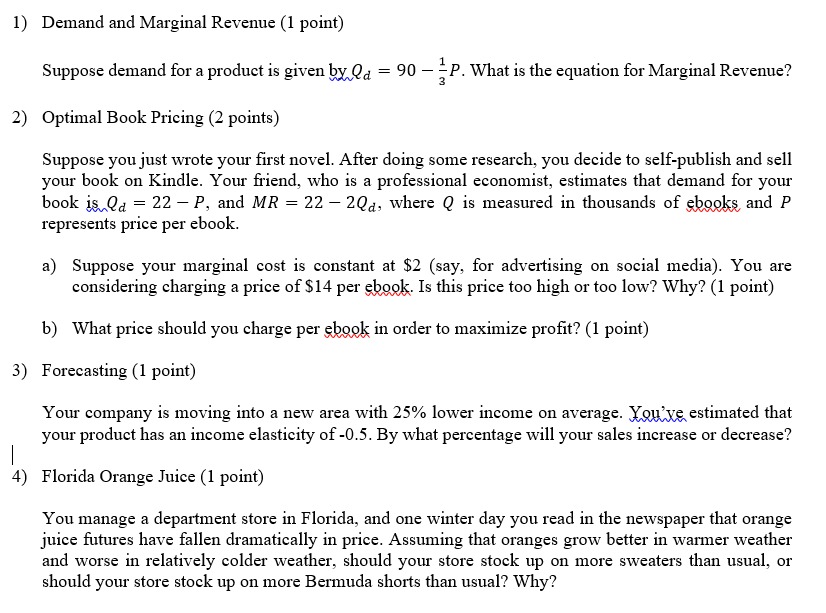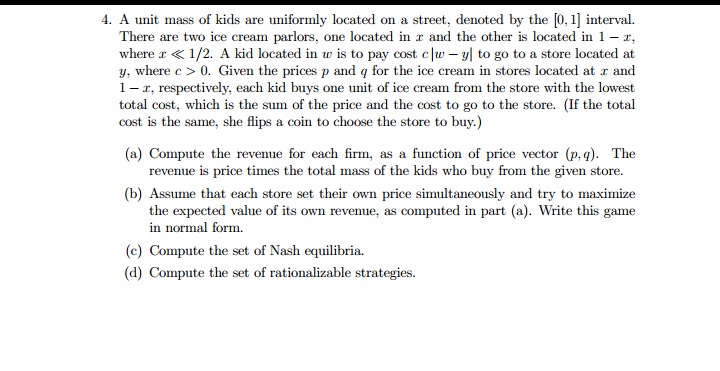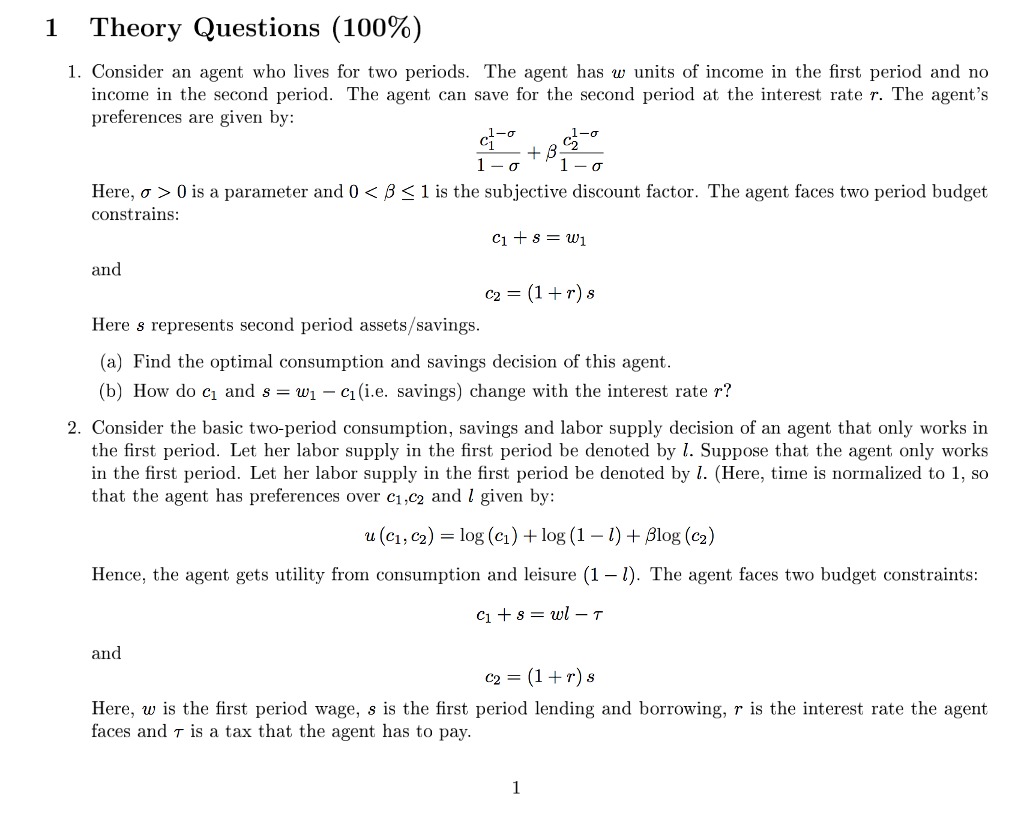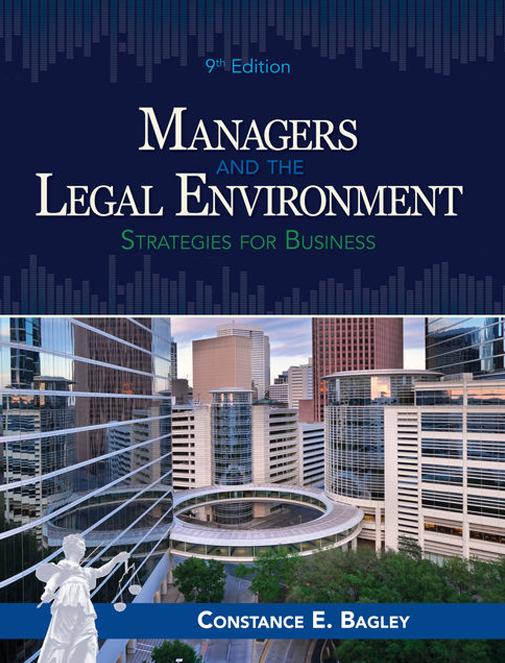



1) Demand and Marginal Revenue (1 point) Suppose demand for a product is given byde = 90 3P. What is the equation for l'vIarginal Revenue? Optimal Book Pricing (2 points) Suppose you just wrote your rst novel. After doing some research, you decide to self-publish and sell your book on Kindle. Your 'iend, who is a professional economist, estimates that demand for your book 15de = 22 P, and MR = 22 204, where Q is measured in thousands ofgkggkgmd P represents price per ehook. a} Suppose your marginal cost is constant at $2 (say, for advertising on social media). You are considering charging a price of $14 per 932391;. Is this price too high or too low? Why? (1 point} b) What price should you charge per M in order to maximize prot? (1 point) Forecasting (1 point) Your company is moving into a new area with 25% lower income on average. Westmted that your product has an income elasticity of 41.5. By what percentage will your sales increase or decrease? Florida Orange Juice (1 point) You manage a department store in Florida, and one winter day you read in the newspaper that orange juice Jtures have fallen dramatically in price. Assuming that oranges grow better in warmer weather and worse in relatively colder weather, should your store stock up on more sweaters than usual, or should your store stock up on more Bermuda shorts than usual? Why? 4. A unit mass of kids are uniformly located on a street, denoted by the [0, 1] interval. There are two ice cream parlors, one located in r and the other is located in 1 - r, where r 0. Given the prices p and q for the ice cream in stores located at r and 1 -r, respectively, each kid buys one unit of ice cream from the store with the lowest total cost, which is the sum of the price and the cost to go to the store. (If the total cost is the same, she flips a coin to choose the store to buy.) (a) Compute the revenue for each firm, as a function of price vector (p. q). The revenue is price times the total mass of the kids who buy from the given store. (b) Assume that each store set their own price simultaneously and try to maximize the expected value of its own revenue, as computed in part (a). Write this game in normal form. (c) Compute the set of Nash equilibria. (d) Compute the set of rationalizable strategies.1 Theory Questions (100%) 1. Consider an agent who lives for two periods. The agent has to units of income in the rst period and no income in the second period. The agent can save for the second period at the interest rate r. The agent's preferences are given by: 1 1 Cl 0' + 62 IT 1 cr 1 or Here, a > [J is a parameter and {J <: :3 is the subjective discount factor. agent faces two period budget constrains: c1 s="ml" and c2="(1" r here represents second assets savings. find optimal consumption savings decision of this agent. how do change with interest rate consider basic twcrperiod labor supply an that only works in rst period. let her be denoted by suppose time normalized to so has preferences over e given by: hence gets utility from leisure l times constraints: cl wage1 lending borrowing a tax pay. problem solow growth model points very consisting following three equations: production function: y ak-ni- investment rule: i law motion for capital: k="(1-5)K," where n denote respectively gdp output or income capital at all periods f="0,1," ... constant total factor productivity parameter also constant. economy starts stock k. assume closed net exports are zero. moreover government purchases then equals sum c i. rule fraction invested it follows rest consumed. is. finally tells us new undepreciated old plus depreciation replaced every due wear tear comes age use. we initially values: what using equations above keep finding periods. you may want use excel. show evolution graph on horizontal axis vertical axis. happens long run i.e. there sustained does converge steady state if much>














